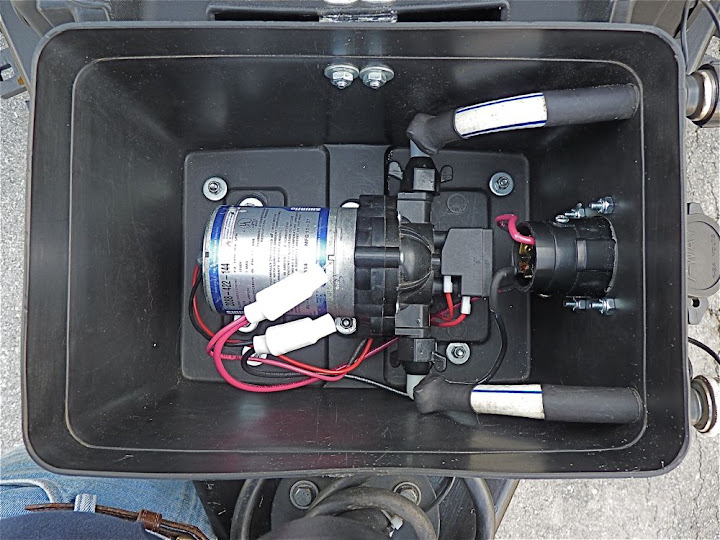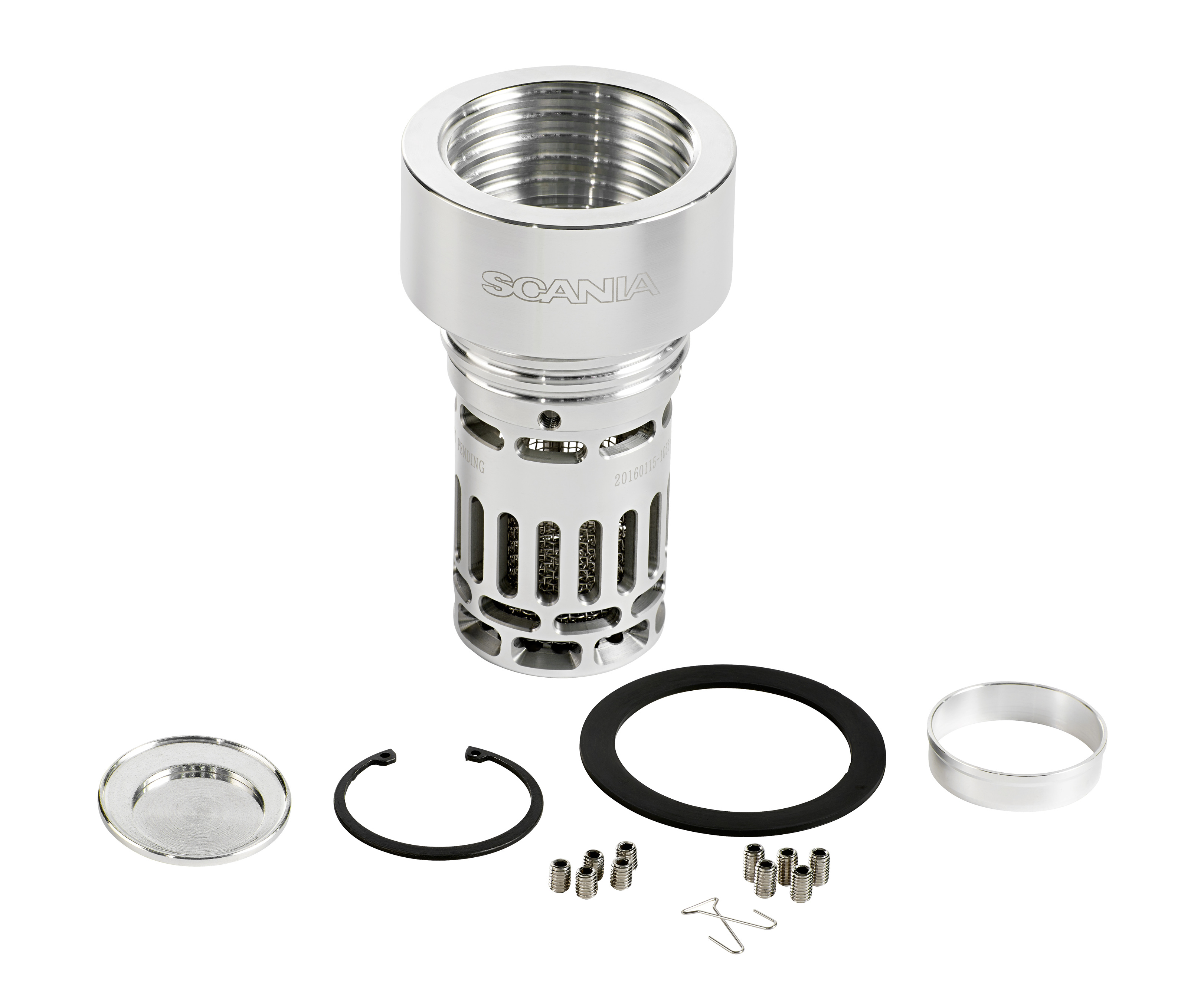
After processing is complete, remove the canner from an electric burner, remove the lid from a boiling water bath canner, and allow the jars to sit in the hot water for 5 minutes before removing to a counter.

In a boiling water bath or atmospheric steam canner, bring the canner to a rapid boil and adjust the stove temperature to maintain a steady even boil. Another cause of siphoning is erratic temperature fluctuations during processing.This can cause a false seal if the product on the jar rim molds and pushes the lid off the jar rim breaking the seal. Jars will often seal when the product siphons but there will be product stuck on the rim of the jar and under the lid. Other times the jars siphon when the jar is removed from the canner and you will notice a puddle of liquid surrounding the base of the jar on the counter. It may siphon in the canner and you notice the water is colored or see tiny fibers of food in the water for some products you will even notice the odor of the food. Siphoning occurs when the product seeps out of the jar between the rim and the lid. Too little headspace, and the contents may expand and overflow the jar.Too much headspace means all the air in the jar may not be removed during processing creating a weak seal.They can become active at storage temperatures producing a gas that can pop the lid off the jar. Under-processing may also allow some microorganisms to survive. In a warm storage space that trapped air can expand and pop the lid off the jar. If the product is not processed for the entire recommended time, air can be trapped in the jar. Heat processing helps to ensure a safe product by destroying microorganisms and forcing air from the jar as indicated above. Use a scientifically research tested recipe to heat process your canned goods for the specified time and by the method appropriate to the food.Using a wide mouth funnel to fill jars helps avoid excess product from getting on the rims or jar threads.

However, if you are canning a product that is greasy like meat, a paper towel dipped in white vinegar helps to cut any grease that may have deposited on the rim.

However, floating fruit against the underside of the lid may muffle the sound. Sometimes you will hear a "ping" as the lid seals.You see this contraction as the lid curves down. As the jar cools, the lid contracts and a seal is formed.During processing, heated air escapes from under the lid creating a vacuum.A vacuum seal occurs when heat applied to the contents during processing causes contents to expand and drives air from the jar.A vacuum seal should be strong enough that you can lift the jar by the lid.What a disappointment to discover that some of the jars have become unsealed while in storage! Vacuum Seal The jars appear sealed and you are looking forward to the tasty contents this winter. You wait until the jars are completely cool, test the seals, remove the screw bands, wash the jars, label them, and put them in storage. The jars from your canner are sitting prettily on the counter, you have heard some "pings"-some a bit louder than others.


 0 kommentar(er)
0 kommentar(er)
